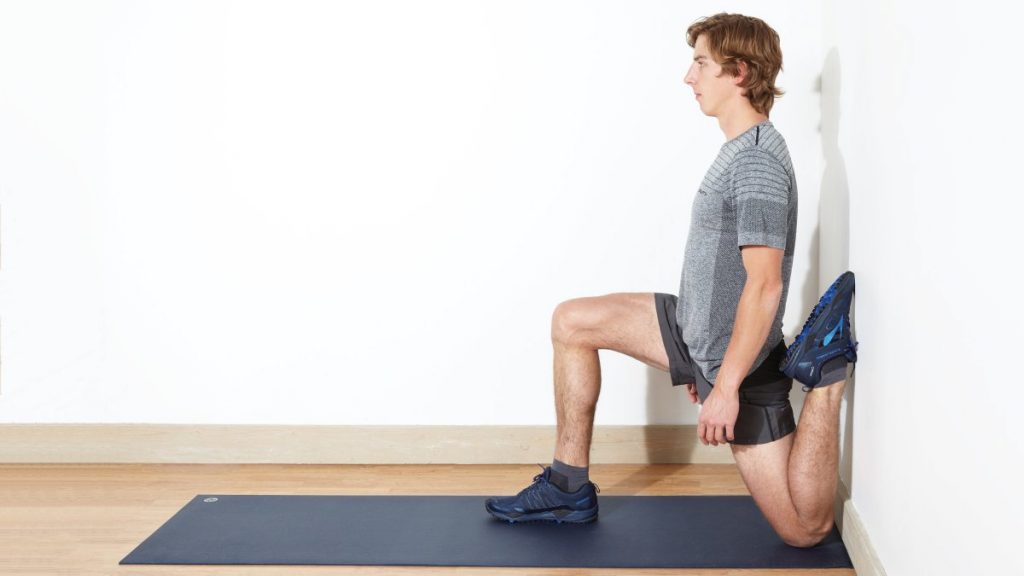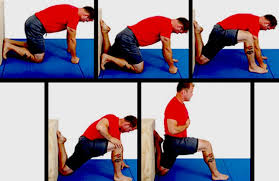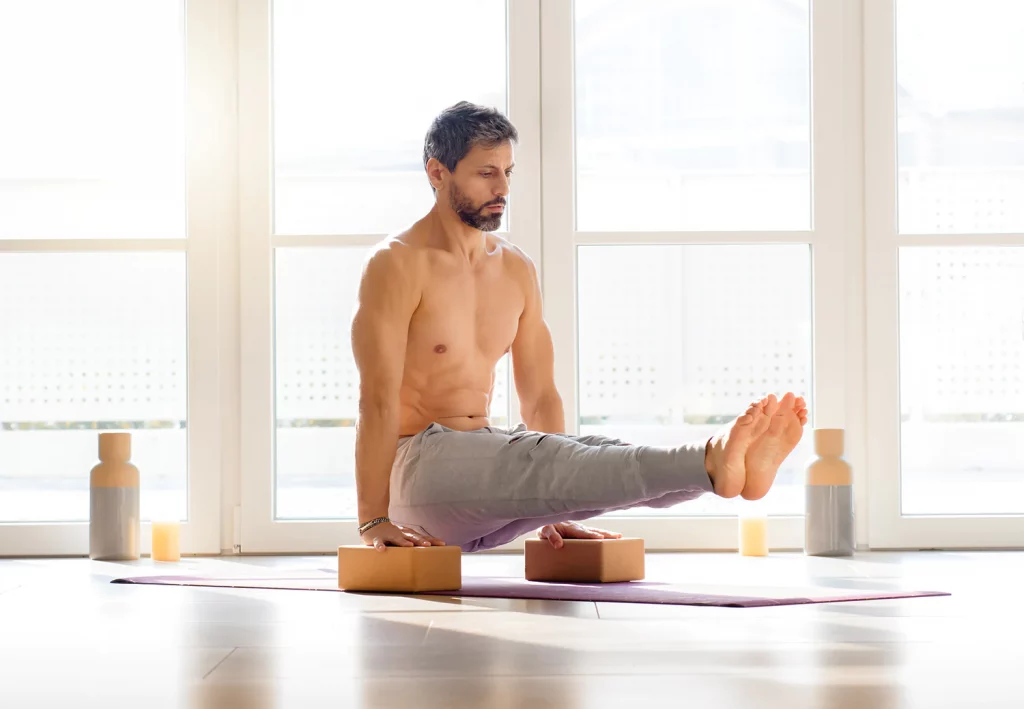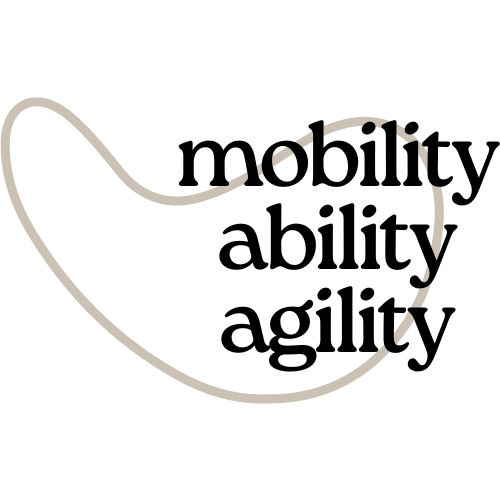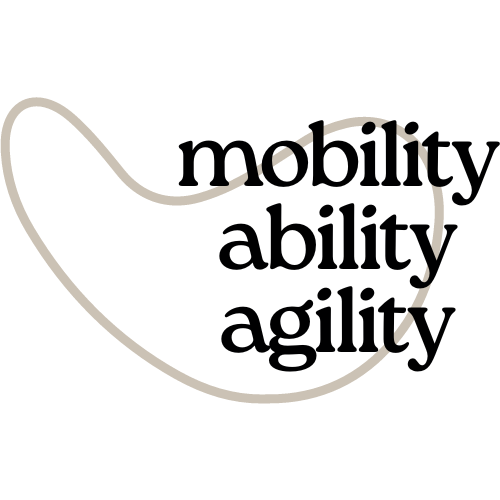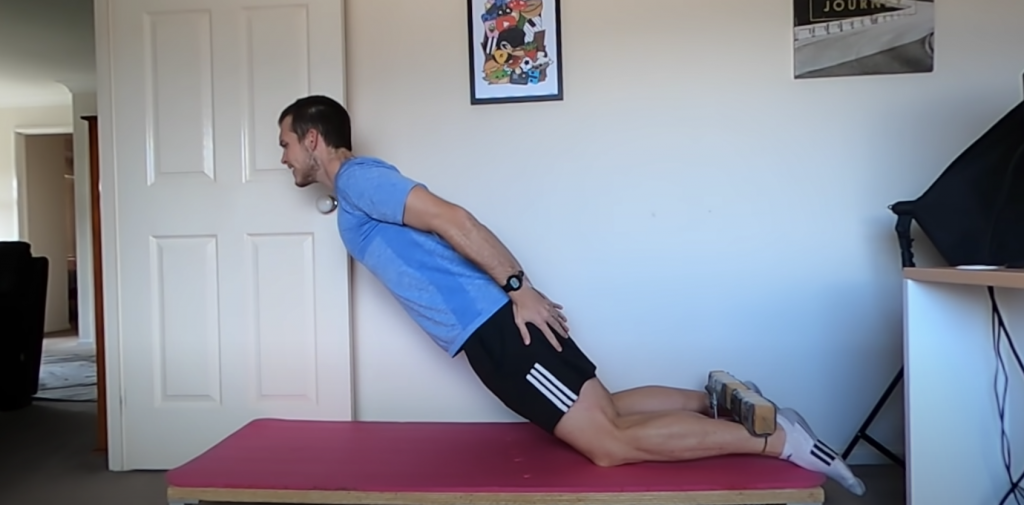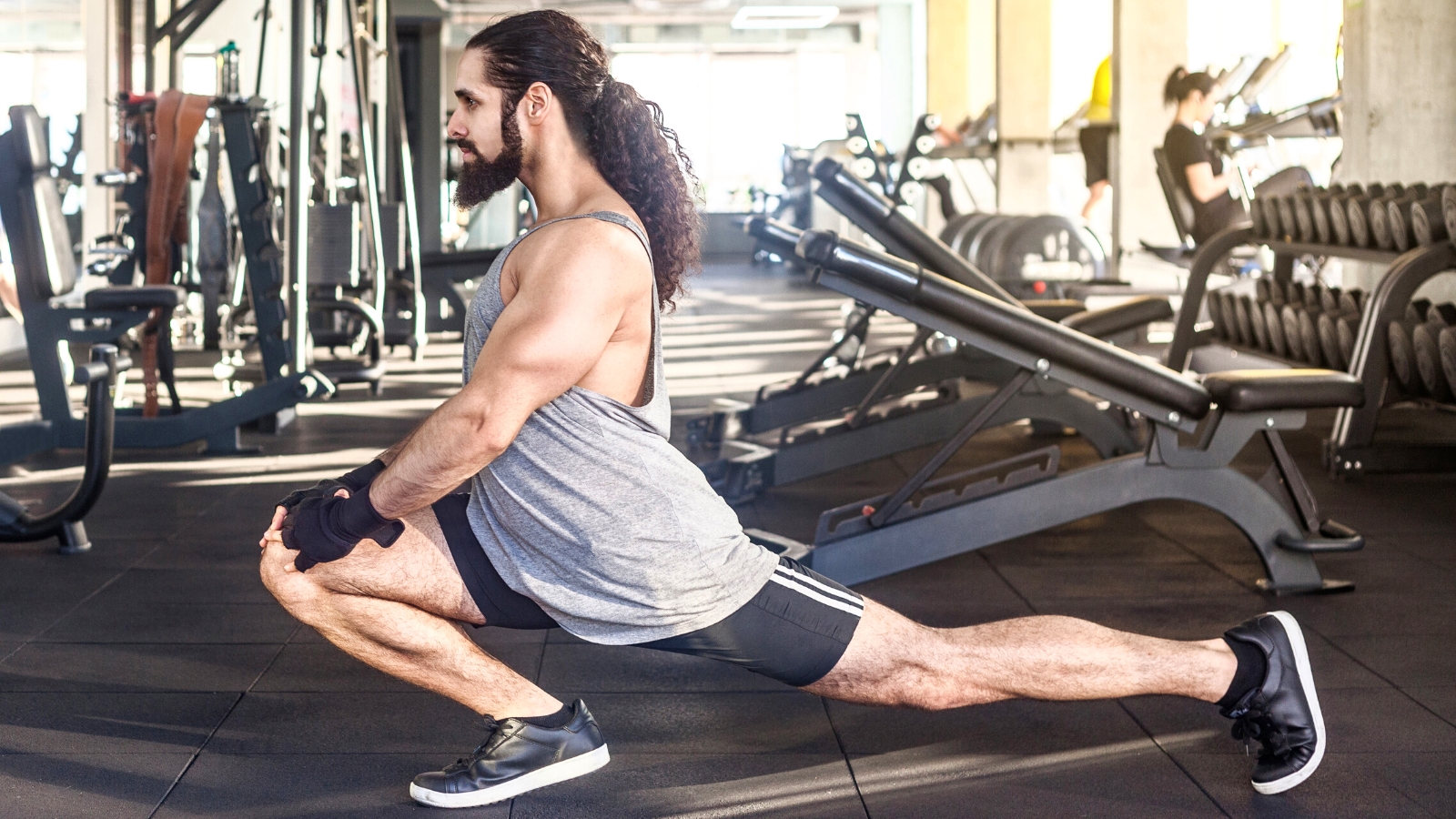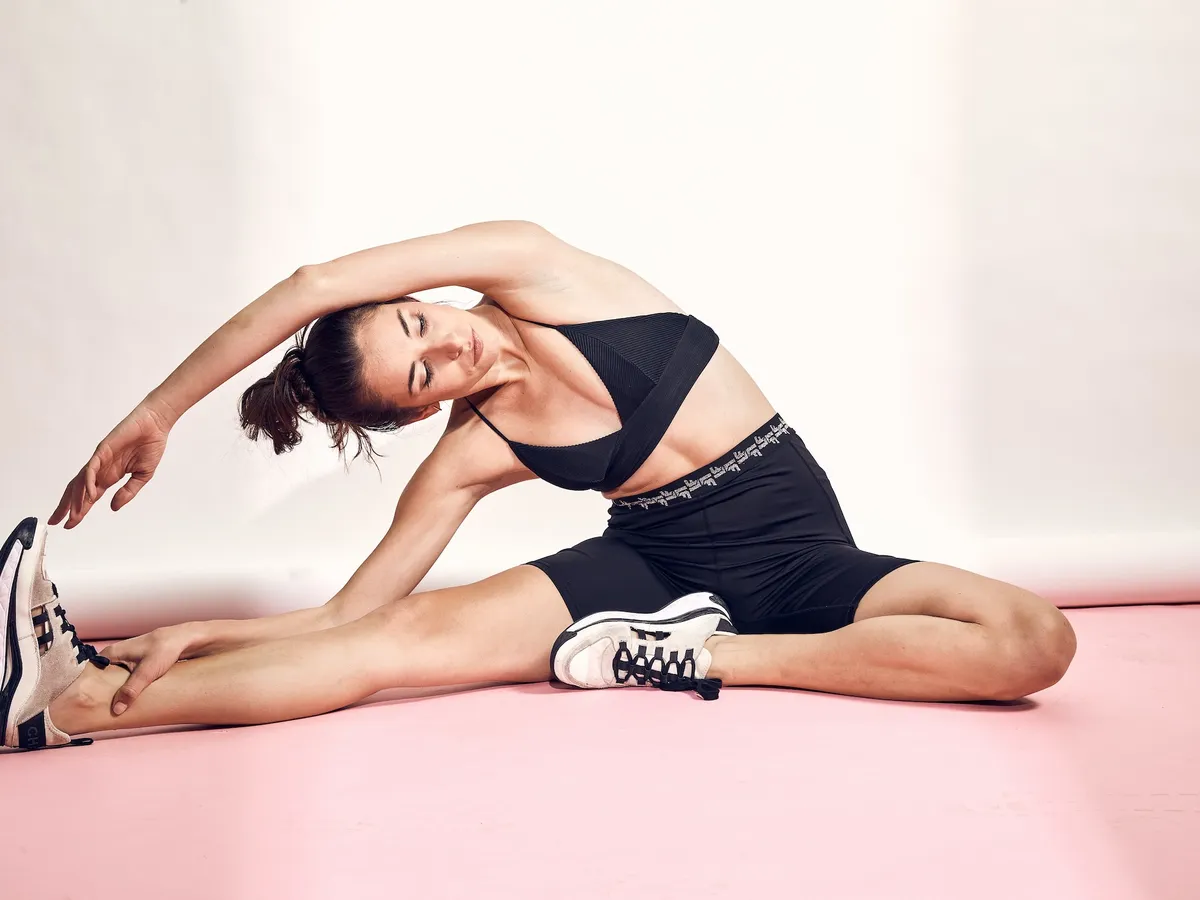Embracing Fear and Opportunity
Back strength! What if our best chances are concealed behind our worst fears? This is a narrative about overcoming fear, healing, and rediscovering one’s back strength. After injured my back in 2019, I ignored the path that would eventually lead to healing. It took me years to realise that the problem was in my back strength. This experience taught me that growth is about investing time at each stage, allowing our bodies to adjust and regaining faith in movement.
Facing the Truth: From Avoidance to Healing
I avoided exercises that caused pain after my back injury. Even a simple back exercise was reframed as a hip extension, which allowed me to avoid the pain. But my avoidance simply exacerbated my terrible luck. Finally, I faced the fact that healing needed confronting the suffering head-on. This began my path of back extension training, the cornerstone exercise that rescued myself and countless others.
The Route of Regression: From Isometric Holds to Full Range Reps
The road to recovery was a sequence of stages, each one building on the last. The first phase was isometric holds, which were subsequently increased to two-minute unassisted holds, one minute per leg. This not only increased stress, but it also promoted trust in motion. Overcoming fear required a gradual approach, allowing our bodies to adjust and become comfortable with each stage. As my friend Marcus puts it, facing the truth about where we are is critical.
The Role of Relatability and Education
While I strive to be approachable and informative, I am also motivated by a desire to teach and provide a clear timeframe for growth. Because of a lack of understanding, back discomfort is frequently accompanied by fear. I aim to shift that narrative by offering concrete methods to individuals looking for answers. Despite the fact that I am a 26-year-old without a medical degree, my story speaks volumes and offers hope to people who are locked in injury loops.
The Approach: Rebuilding Back Flexion
Developing back strength is a gradual process that begins with foundational movements. It is not about rushing through exercises; rather, it is about taking your time at each stage. Back extensions are the foundational exercise for regaining back strength, but they are not where I start with clients. Hip mobility and other movements prepare the body for optimal back rehabilitation.
Understanding Back Tissue: Moving Beyond Bracing
Just supporting the back ignores the complexities of its tissue. The back is made up of several layers of muscles, each of which need treatment. We must concentrate on rounded and expanded spine positions at each segment to restore health. Bracing will not solve the problem. The back extension exercise tackles this issue by encouraging flexion and extension at all levels of the spine.
Building Trust in Motion: The Route to Flexion
To move forward with trust, we must embrace the abilities we have lost. Working up from isometric holds to full-range reps is part of this. The goal is not to go quickly, but to move steadily. By performing single-leg exercises and various variations, we gradually recover the ability to fully flex and extend the spine. This process could take several weeks, although the road is well-marked.
Overcoming Fear of “Dangerous” Exercises
Fear can be overcome by engaging in risky activities. Loading the back extension on the neck may generate anxiety, but it is not risky for persons who have had their backs repaired. What appears to be harmful is the result of a misunderstanding about the way to take. To overcome fear, we must embrace uncertainty and progressively increase our strength.
The Universal Problem of Back Pain
Back discomfort has no age restrictions. It’s a global problem that affects both young and old people. Rather than focusing on the problem itself, we should concentrate on what we are unable to achieve at this time. We can progressively rebuild our strength by working backward and identifying the next possible step. Back pain is a major cause of disability, and we need to rethink our approach.
Empowerment through Uncertainty
When I don’t have all the solutions, I admit it. But, I’ve discovered approaches that work for the majority of folks. While the road may be difficult, it is worthwhile to take the necessary steps to recover your back strength. The process may seem daunting, but it is the only way to overcome obstacles and emerge stronger on the other side.
Conclusion: Reclaiming Strength and Defying Limits
Actually, this film depicts a journey from fear to recovery, with a focus on regaining strength in a gradual manner. Isometric holds, single-leg variations, and a steady increase in flexion and extension are all part of the workout. This journey isn’t about quick cures; rather, it’s about taking the time at each stage to cultivate trust in movement. We can overcome back discomfort and gain increased power by embracing ambiguity and steadily improving. Remember, the problem is in the tissue, and the path to recovery resides in our ability to confront our anxieties.

